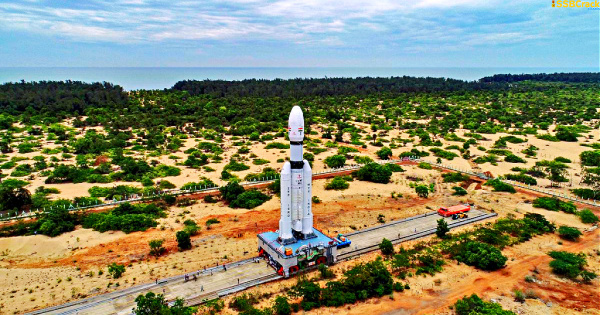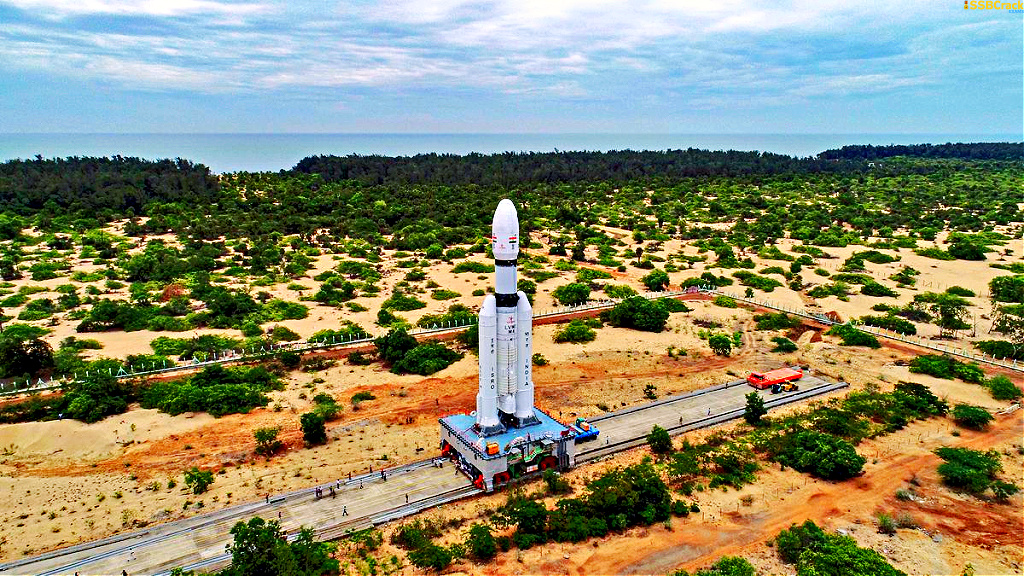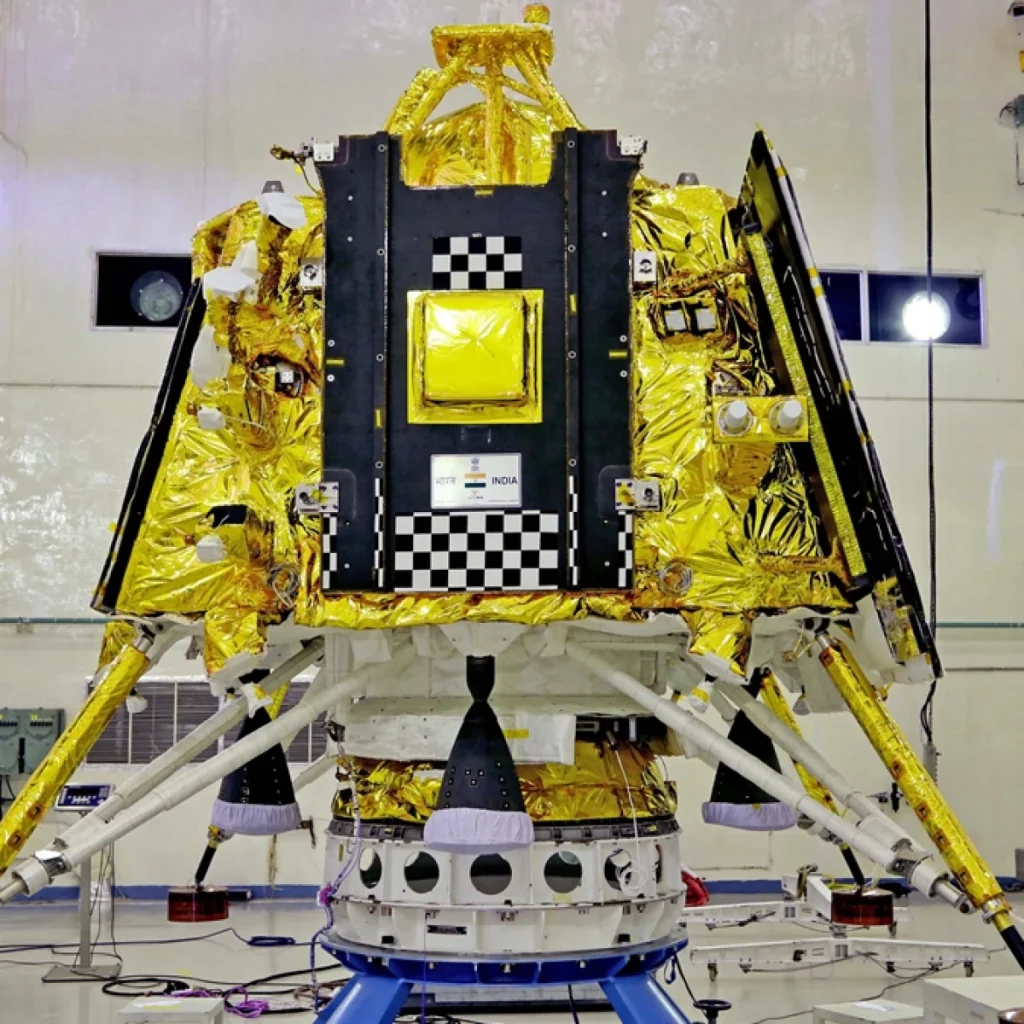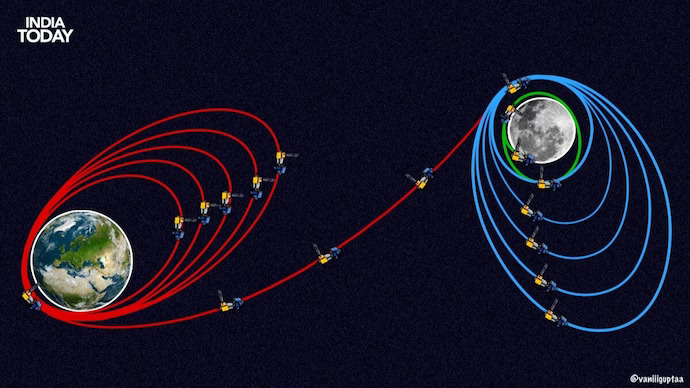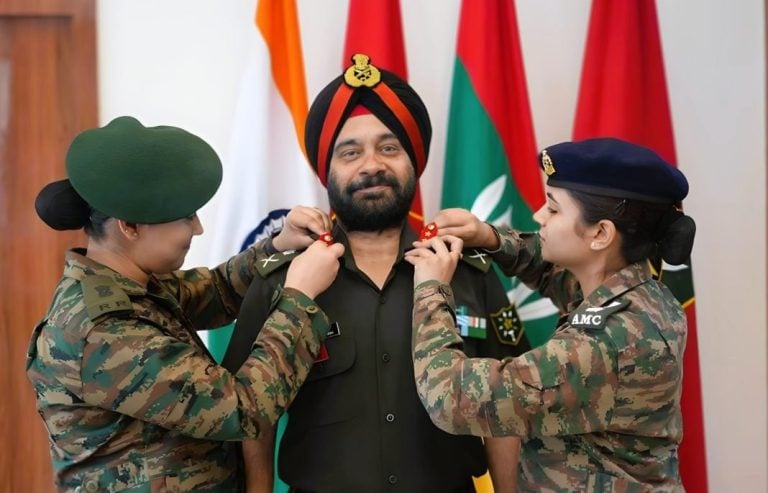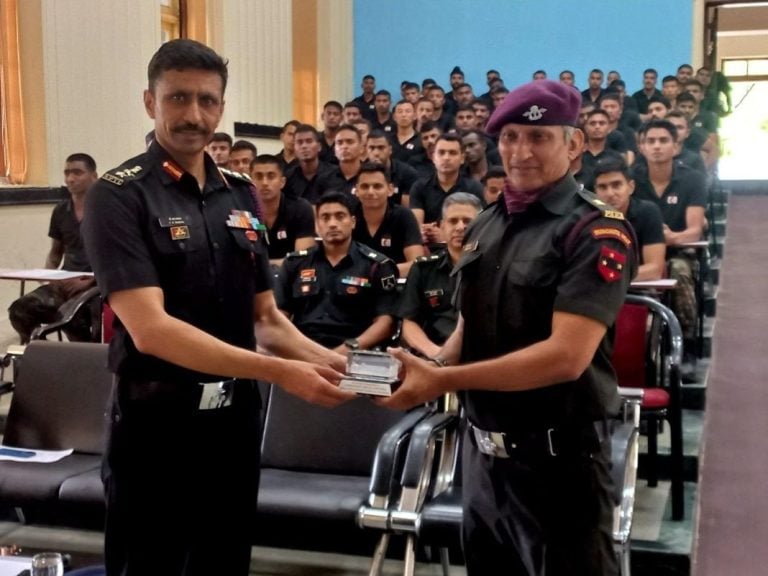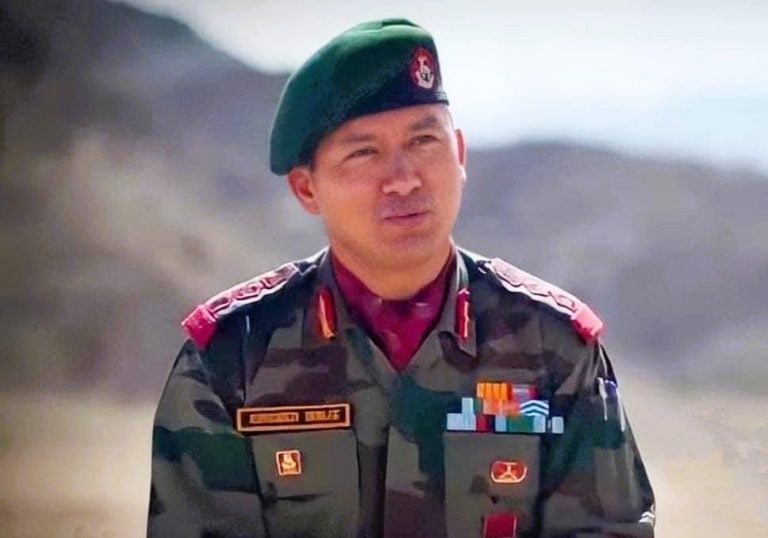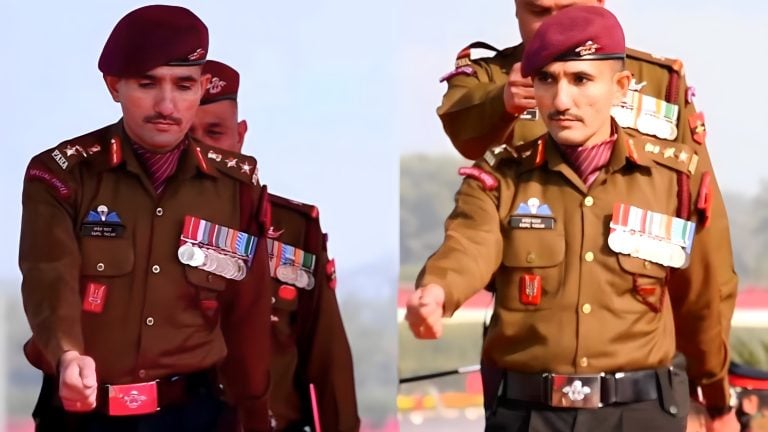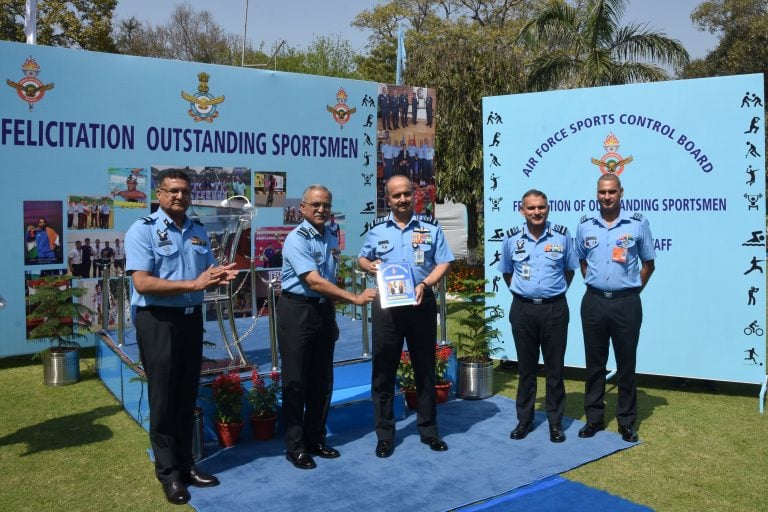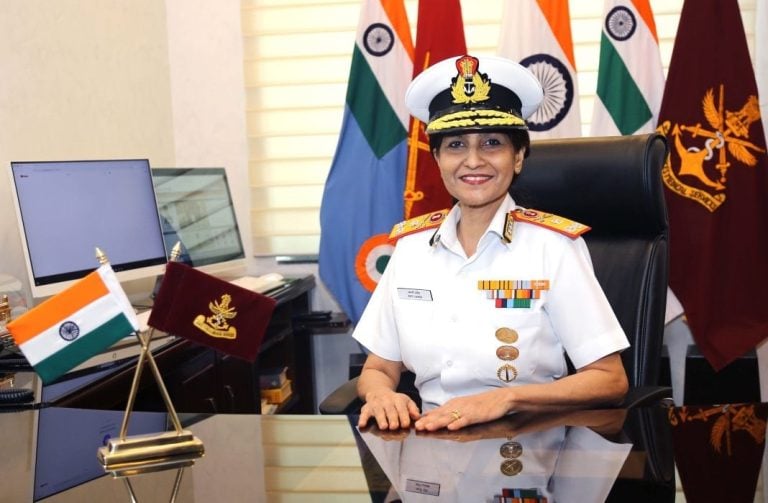The Indian Space Research Organisation (ISRO) is set to launch the Chandrayaan-3 mission at 2.35 p.m. IST on July 14 from the Satish Dhawan Space Centre in Sriharikota. An LVM3 rocket carrying Chandrayaan-3 is being relocated to the launch pad in preparation for its July 2023 launch from the Satish Dhawan Space Station in Sriharikota.
The lunar mission is a follow-up to the Chandrayaan-2 mission, which failed to complete the soft landing due to issues with the onboard computer and propulsion system and crashed on the moon’s surface in September 2019. The Chandrayaan-3 mission is to demonstrate end-to-end capability in safe lunar landing and roaming. It will not use the previous mission’s orbiter.
Objectives of Chandrayaan-3 Mission
The mission’s main objectives are:
- To demonstrate a safe and soft landing on the lunar surface
- To demonstrate rover roving on the moon and
- To conduct in-situ scientific experiments.
ISRO began the development phase of Chandrayaan-3 in January 2020, with scientists and engineers working on the spacecraft’s design and assembly. The current mission’s lander features stronger impact legs than Chandrayaan-2.
Originally scheduled to launch in early 2021, the spacecraft’s development and assembly were pushed back because of the COVID-19 pandemic. The second wave of the pandemic created more delays, despite the fact that the construction and testing of the propulsion systems were nearly complete by May 2021. The spacecraft will finally be launched onboard the Launch Vehicle Mark 3 (LVM 3) rocket in July 2023.
Chandrayaan-3 Planning
The spacecraft, which consists of a separate lander and rover module, is expected to land near the moon’s South Pole and operate for one lunar day, which is comparable to 14 Earth days. The current mission will take the same path as Chandrayaan-2, with the propulsion module orbiting Earth many times before slingshotting towards the moon. Once within the moon’s gravitational pull, the module will lower itself to a circular orbit of 100 x 100 kilometres. The lander will then detach and fall to the surface.
From the time of launch, the module will take around a month to reach the moon. The landing is planned on August 23-24, however, this date may alter depending on when the Sun rises over the Moon. The descent was described as “15 minutes of terror” by the previous ISRO chairperson, K Sivan.
The lander, named ‘Vikram’ (after Vikram Sarabhai), will land on the moon’s surface and deploy four scientific payloads to research the moon’s surface temperature and subsurface features. The ‘Spectro-polarimetry of HAbitable Planet Earth’ (SHAPE) instrument on the module will collect data on the light emitted and reflected by the earth. The rover, dubbed ‘Pragyan,’ will conduct chemical testing on the lunar surface as it moves around.
To crack the SSB Interview, You can join our SSB interview live classes batch and we recommend you to Enroll SSB INTERVIEW ONLINE COURSE. Trusted by thousands of defence aspirants.
Also read:
- Why ISRO Wants To Explore The Moon’s South Pole: Chandrayaan-3 Mission
- ISRO And NASA To Launch A Joint Mission To Space In 2024

